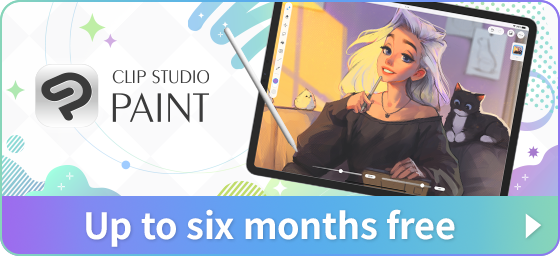Introduction
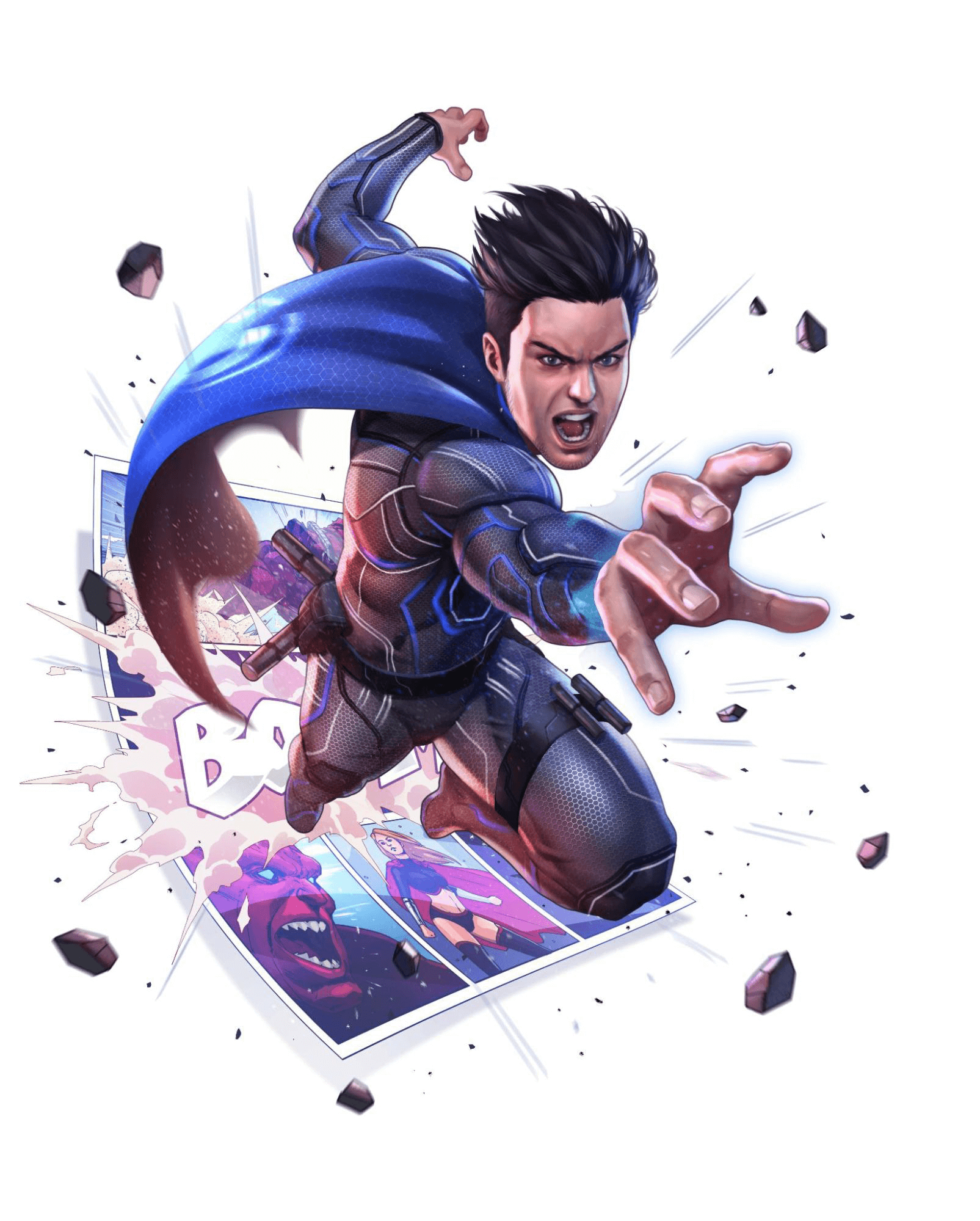
You must create both a story and artwork when producing digital comics.
Although one artist may be responsible for the majority of the work, the most efficient comic creation is achieved by subdividing the production process. Let’s go through what kind of division of labor is standard in a step-by-step process.
Story Development and Scriptwriting

The first thing you need to do to make a digital comic is to organize your ideas. Before starting to draw, write out the character background and the plot of the comic, and then figure out how the characters will develop and how the story will unfold based on that.
You can write out the comic in script form to express the characters’ dialog and monologues as balloons. Scriptwriting is the basis for all subsequent production steps.
Famous writers include Stan Lee, the creator of “Spider-Man”.
Character Design and Development
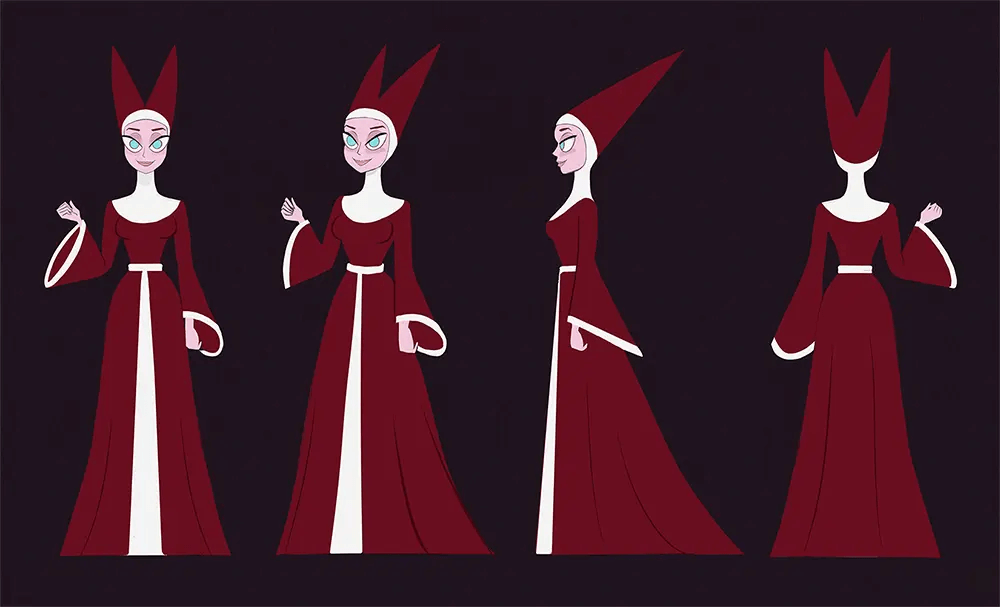
The character design is determined by the background you decided during the plotting phase. It is common practice to design orthographic drawings so that the character can be drawn from all angles.
Character design involves giving distinctive facial features, hairstyles, clothing, and the like. Trial and error is also necessary to determine body proportions and how to unify the balance between the body and head in the comic.
The design of the protagonist and the antagonist rival is particularly important. The plot and script serve as the backbone to characters so that they will be memorable to the readers. One way to do this is to reflect the relationship between the characters in the design, by means such as contrasting the colors of the protagonist and antagonist. Another way would be giving the supporting characters a more restrained design than the main characters.
When character designs are specific and well-done, they allow the drawing team that does work later on to understand the characters. By working out the characters’ backgrounds early in the production process, they can be portrayed in an appealing manner during the panel layout and drawing production process. Good character design leads to character development.
Panel Layout and Composition
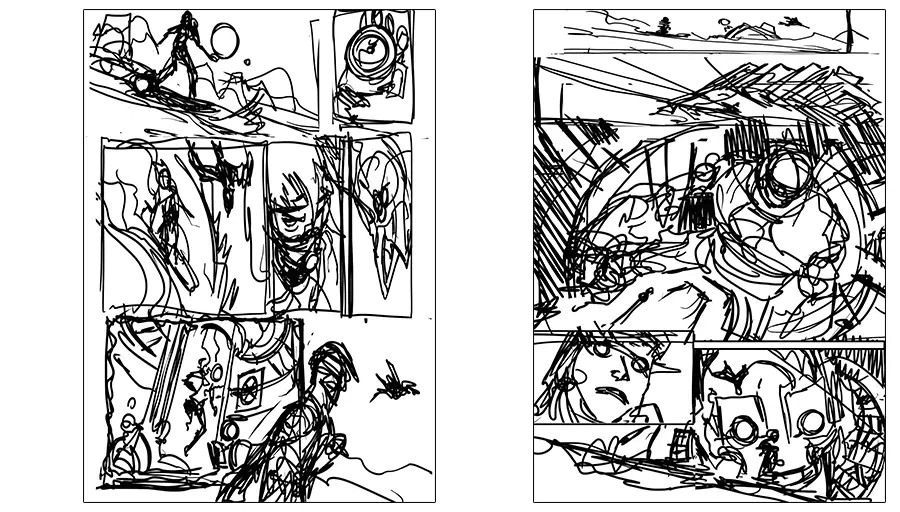
Once the script and character designs are finalized, decide your panel layout according to the comic format. It is important for the composition of a comic to portray the character’s setting in an easy-to-understand manner and to create a sense of realism.
For example, a composition that allows the viewer to see all the details of the “stage” is called an establishing shot, which is used to prevent confusion about the location of the characters. It is effective when utilized at the beginning of a scene.
Action sequences drawn without inverting the composition easily convey the flow without lines or monologue.
Scenes that are mainly dialogue usually end up being many bust-up shots of characters, but you should keep in mind the overall format and flow, including the position of balloons. By keeping to these few compositional principles, good sequential art can be created.
Digital Inking and Coloring Techniques
Artists who draw preliminary sketches are called “pencillers” and those who ink over the sketches are called “inkers”. Nowadays digital apps such as Clip Studio Paint and Photoshop are used more and more in the field for line art and coloring.
Traditionally, multiliner pens that draw uniform lines, were often used for line art in comics. The basic techniques remain the same even with digital inking. For example, the “milli pen” digital brush pre-installed in Clip Studio Paint reproduces a similar drawing style to that of a multiliner pen.
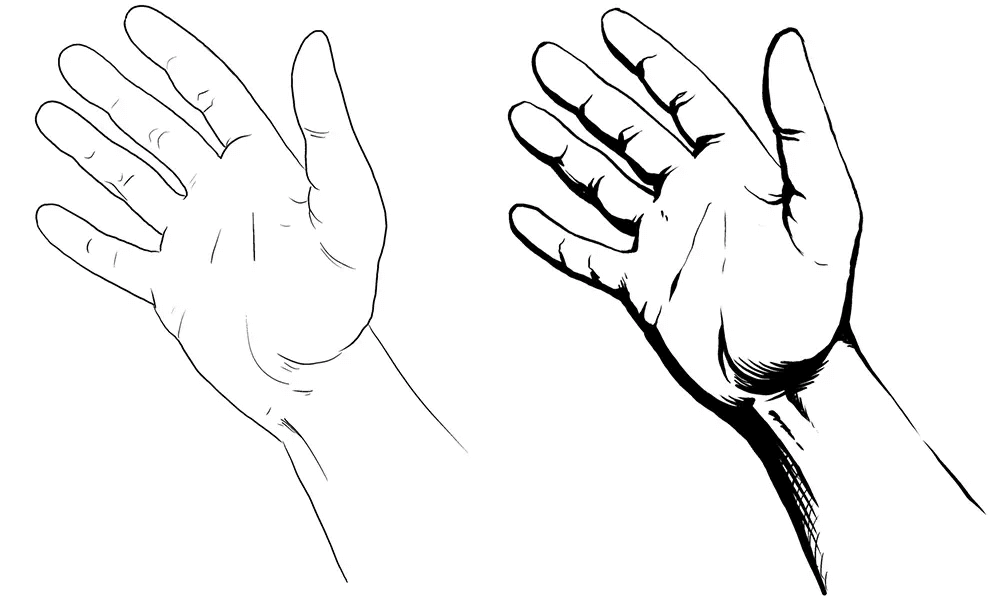
The figure on the left shows line art drawn with a uniform digital brush, but you can see that the hand on the right is shaded with lighting in mind. Shading at the line art stage makes the coloring process easier. For details, see this article.
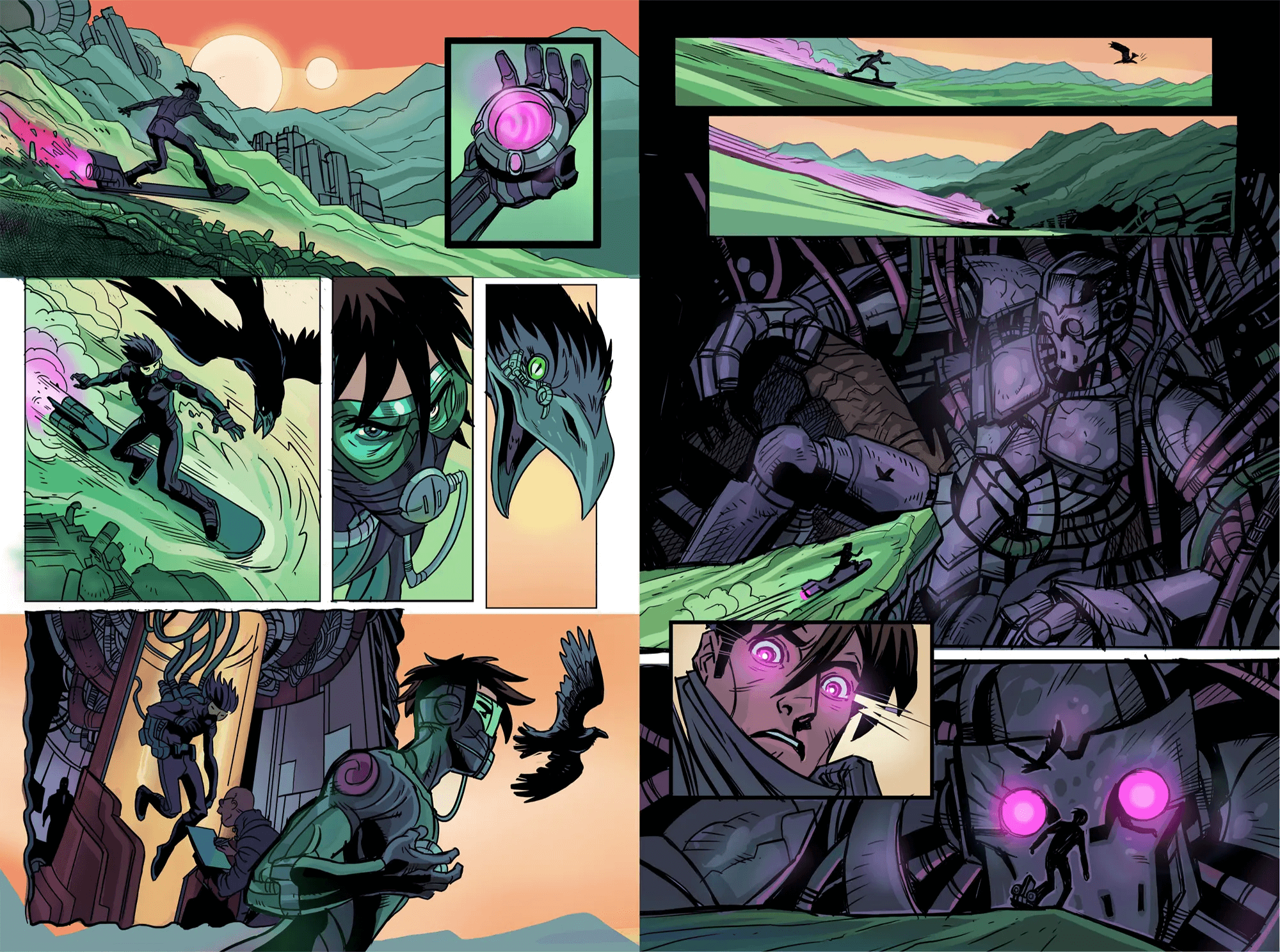
The artist who does the coloring is called a “colorist”. In analog, coloring was done with color inks.
Currently the most common coloring method is using the “Fill” tool in apps like Clip Studio Paint or Photoshop to lay down flat colors and then adding shadows and highlights.
With black-and-white manga, light and dark tones are sometimes expressed using screen tones. Different numbers of lines, different densities, and gradations are used to give a crispness to the scene. In Clip Studio Paint, applying screen tones and gradations can be done in a single step.
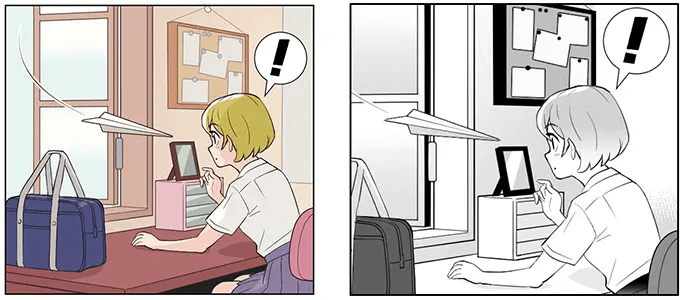
Work can also be simplified by placing 3DCG objects in the background drawing. Not only can they be a drawing aid for a preliminary sketch, but you can also use them for rendering as-is, or do cel shading.
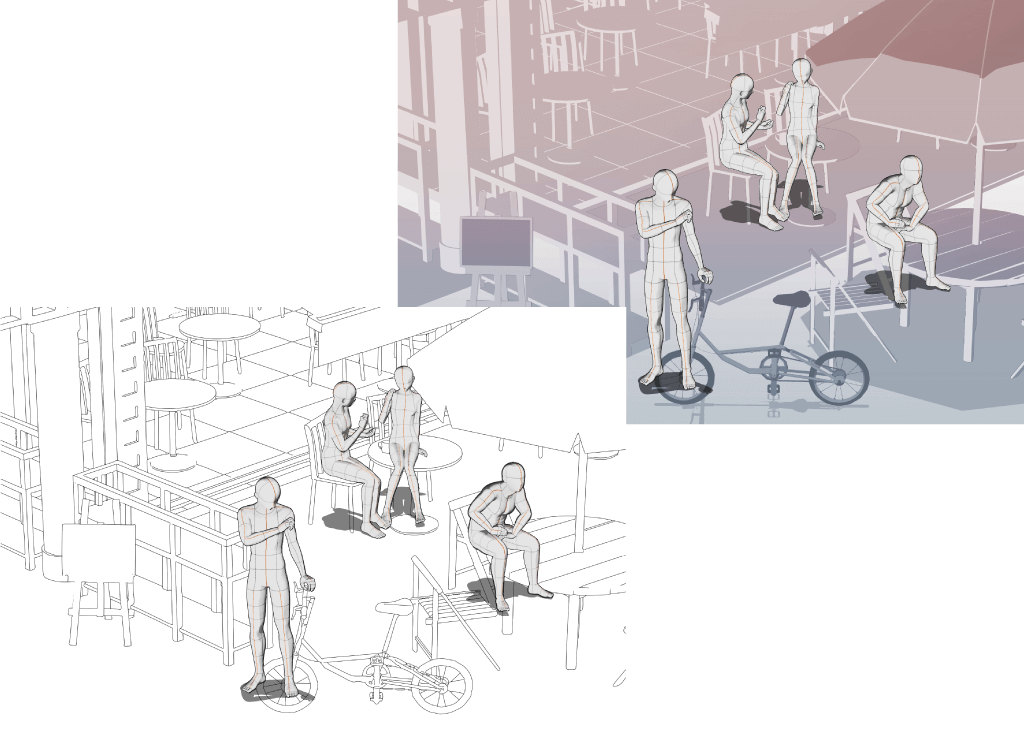
Lettering and Sound Effects
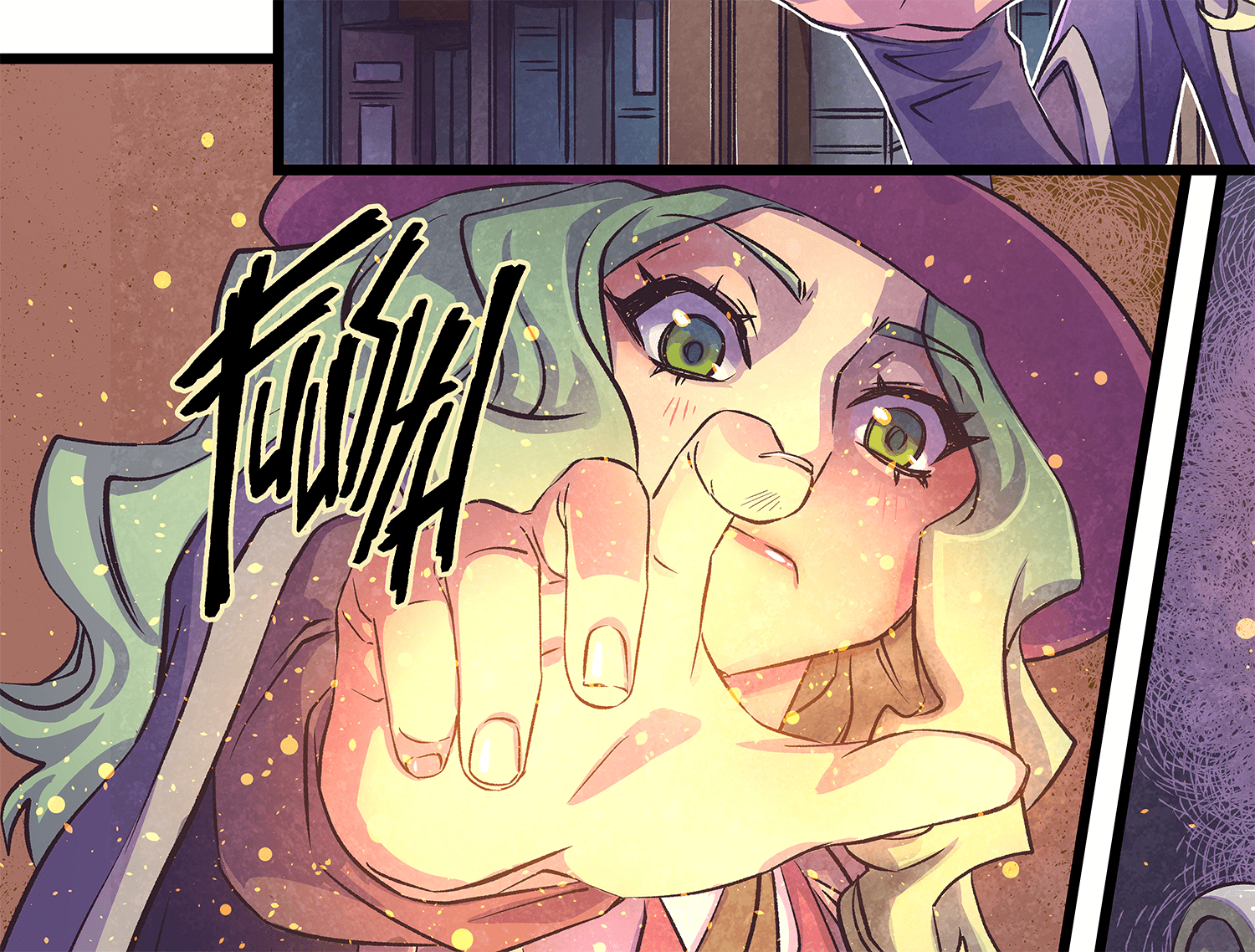
The process of writing character lines, narration, sound effects, etc. is called lettering. Digital fonts are used for the text of characters’ lines. For speech bubbles, the base coloring and layout are changed to suit the scene, and sound effects are colored and typographed to match the composition.
In Clip Studio Paint, the Balloon pen sub tool can be used to create handwritten-style balloons, and a wide variety of speech balloon materials can be downloaded from Clip Studio ASSETS.
Exporting and Publishing Your Digital Comic Book

The process of exporting digital comics from software to digital formats such as PDF and EPUB is necessary in order to publish digital comics. Export formats vary on the web platform where the comic will be published, so be sure to check before exporting.
Exporting can be done from Clip Studio Paint to a wide range of formats including PDF, EPUB, PSD, and PNG. The file formats will be different if you are uploading it to your social media or using a digital distribution platform.
Division of Labor in Overseas Comic Production Sites: Optimizing Workflow and Collaboration
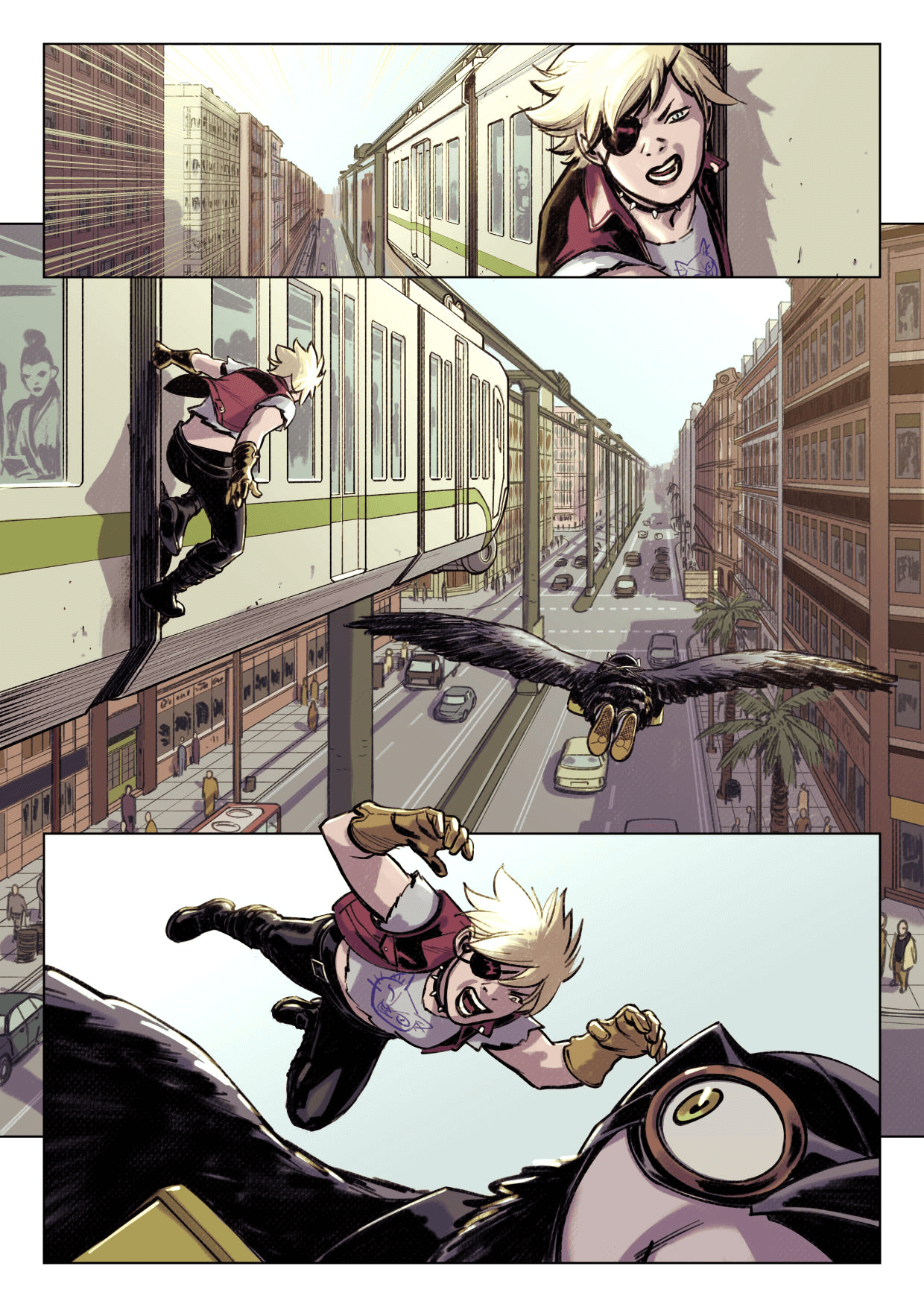
The division of labor in comic production differs from country to country. Manga is normally printed for the Japanese market and is usually made by an artist responsible for story and drawing, supported by drawing assistants. For some manga, one person is focused on writing the story and the other on drawing.
In Korean webtoons, it is common to have a separate scenario writer, layout artist, drawing artist, and coloring artist. In some cases, a single production company is responsible for the entire process, while others may specialize in coloring.
Division of Labor in Comic Production Outside Japan
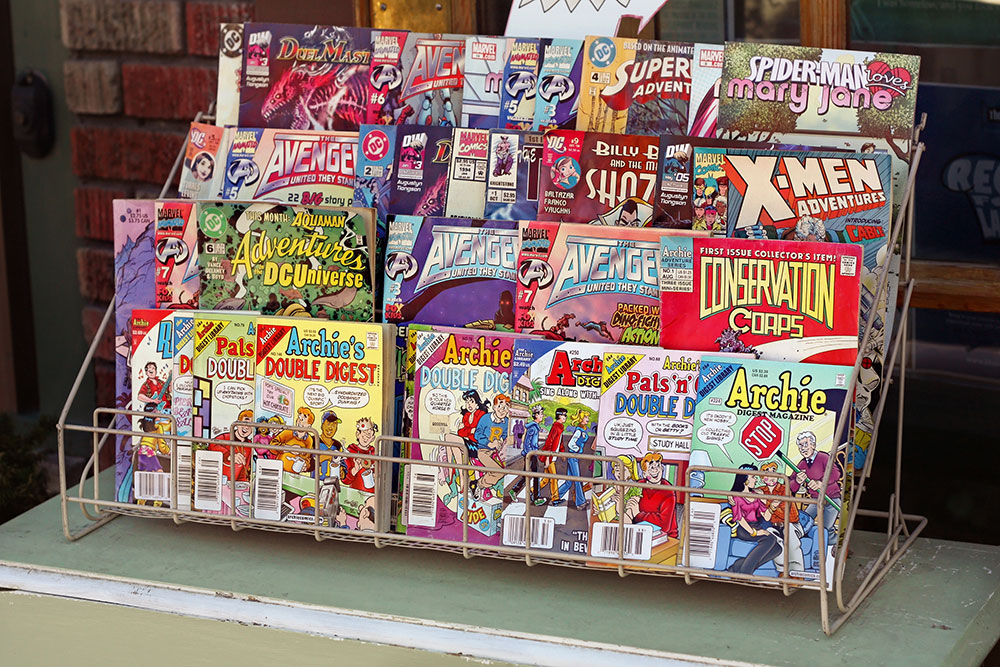
The following is a description of the division of labor for major American comic books. Depending on the title, one person may handle multiple positions.
Understanding the Roles in Comic Production Teams
The greatest benefit of the division of labor in comic production is the increase in workflow optimization. Instead of having the artist personality personally producing everything, the publisher/production company directs the comic and characters, allowing for the smooth production of work with a unified setting.
Writers and Their Contributions
The original author’s ideas, which create the basis of the story, contribute to all aspects of the characters and story.
Digital comics can be expanded into content such as animation and live-action films if the characters become popular. It is the author’s creation that lays the base for everything.
Artists and Their Creative Process
In order to transform the original creator’s ideas into a comic, it is essential for the artist to create visuals, such as designing characters and props, and for the writer to pursue the story through writing the script.
Panels are considered based on both elements and then leads to how the entire page will flow.
The artist who draws preliminary sketches based on the panel design is called a penciller.
Inkers and Adding Depth to Artwork
Inkers ink work based on a rough sketch. In addition to drawing uniform, clear lines, they shade based on the light source to streamline the flow later on.
Colorists and Enhancing Visual Appeal
The colorist colors based on the line art. They strive to apply base colors according to the line art and to apply shadows and highlights. Backgrounds may be realistic or comic-like and the visual appeal can be enhanced by variations in lines and touch.
Letterers and Typography
In American comics, there are letterers who hand-draw text in balloons and for onomatopoeia. Today, digital fonts are commonly used, but the tasks of directing or working on unique balloon shapes and drawn text continues.
Editors and Quality Control
The publishing company editor is in contact with the artists at all stages of the process and manages the progress. The presence of an editor enables consistent quality control without being biased toward one artist’s personality.
Workflow Optimization Techniques
These are tips on how to optimize the production of comics which are produced by a large number of staff members.
Efficient Project Management
Staff participating in mainstream comic production may work at offices for major comic production studios, but nowadays it is common for them to communicate remotely. Depending on the work, the tasks may be fluid, with inkers taking on colorist duties.
The editor can monitor the progress of the work to ensure efficient production.
Utilizing Digital Tools for Collaboration
Digital tools are indispensable in today’s comic production. A single file may be edited online in parallel. Clip Studio Paint has a team production function that allows multiple people to collaborate on a single work in real time.
Streamlining Communication Channels
Communication channels such as chat rooms and video meetings are used by production companies in addition to e-mail to exchange manuscripts.
Artists in charge of the latter production processes can share image boards and character designs from an early stage, leading to smooth production.
Benefits and Challenges of Working with Overseas Teams

It is now more common to bring together people from different countries to work on a project.
Access to Diverse Talent Pool
Publishers centrally manage promising talent pools and may commission overseas writers and artists if they are a good fit for the work.
Cost-Effectiveness and Flexibility
Managing a talent pool leads to cost reductions for publishers because they can place orders without having to hire and train directly. For overseas artists, it also eliminates the cost of relocation and allows them the flexibility to determine their own schedules.
Language and Cultural Barriers
As there are certainly more opportunities nowadays to participate in internationally produced works, it is advantageous to learn the native language of the publisher’s country. That is because it is important to understand feedback immediately in order to collaborate on a production.
Production speed and rules also differ among regions and publishers, so it is necessary to understand those differences before accepting an order.
Time Zone Differences
Time zones become an issue when communicating between far away places, such as between Asia and Europe or the United States. While production tasks can be adjusted to fit the time in one’s own country, meetings and deadlines are generally adjusted to business hours in the publisher’s time zone.
Tips for Seamless Coordination and Quality Control

Digital comic production sites allow for a diverse team, but what are some things to keep in mind to ensure smoother participation in the production process? Here are some tips.
Establishing Clear Guidelines and Expectations
First, it is important to follow the publisher’s guidelines. You need to figure out in advance whether your abilities meet the quality required by the publisher and whether you can meet the deadlines.
Regular Communication and Feedback
Communicate frequently with team members. In addition to delivering the finished product, requesting a check at the draft stage and reflecting feedback will help reduce the workload.
Embracing Cultural Differences
When working on an overseas project, it is also necessary to follow the culture of the publisher’s country. You may want to adapt the pace of production to that of your team members, including flexibility of schedules and frequency of communication.
Implementing Quality Assurance Measures
How to maintain the quality of the work depends on the publisher, but there are some things you can check in advance to ensure a smooth process. Try to follow conventional methods of production by checking to see if there is any specified software or digital brushes or if basic color sets are shared.
Conclusion and Next Steps
We have provided information here about the production process of digital comics, including the division of labor and individual roles.
In summary, we would like to convey an important point. It is important to understand each process that makes the overall flow, and not limit yourself to just understanding one task. The artist in charge of drawing needs to understand the intentions of the writer, and the writer also needs to create with the final output in mind.
As the next step, try to practice each process and find that which you can be passionate about.
Clip Studio Paint can easily be used to create panel layouts and balloons, and it is a great way to challenge yourself to try. In addition to preinstalled brushes, additional materials can be downloaded from Clip Studio ASSETS to make drawing more efficient.
Use these tools to start your comic creation journey!
CLIP STUDIO PAINT PRO
for character art, concept art, illustration
CLIP STUDIO PAINT EX
for comics, manga, webtoons & animations
PRO
EX
Single-page illustrations & comics
Multi-page comics/manga & illustrations
Up to 24 frames for gifs or short animations
Unlimited frames for professional animation
Natural, customizable pen and brush tools
Vector layers
More than 10,000 free downloadable brushes and materials
3D models and drawing figures
PSD compatibility
RGB and CMYK compatible
For macOS and Windows
-
Export and print multi-page files
-
Convert images and 3D models into lines and dot shading
Free technical support
Free web services & community
Clip Studio Ask / Assets / Tips / Share

